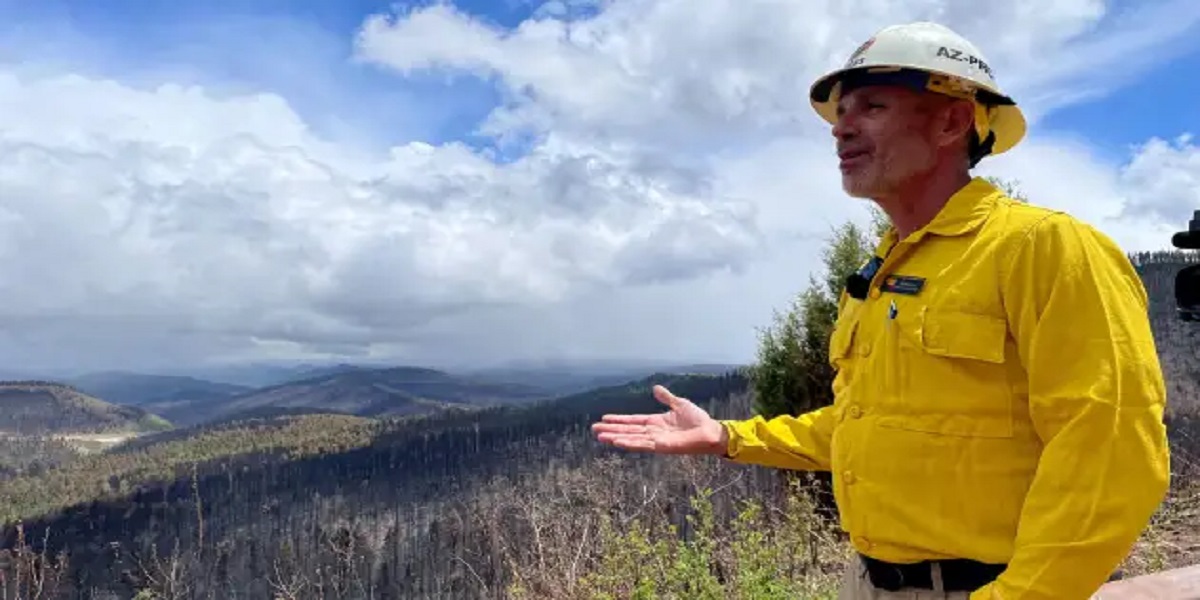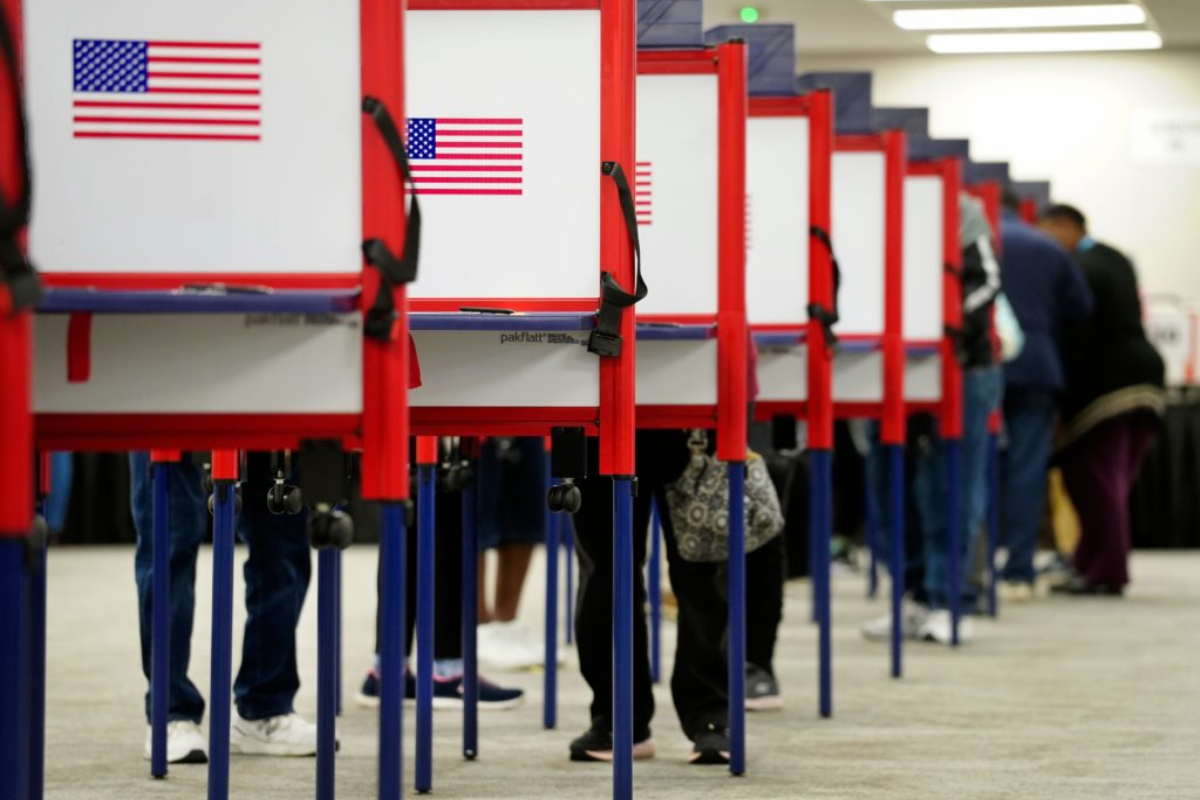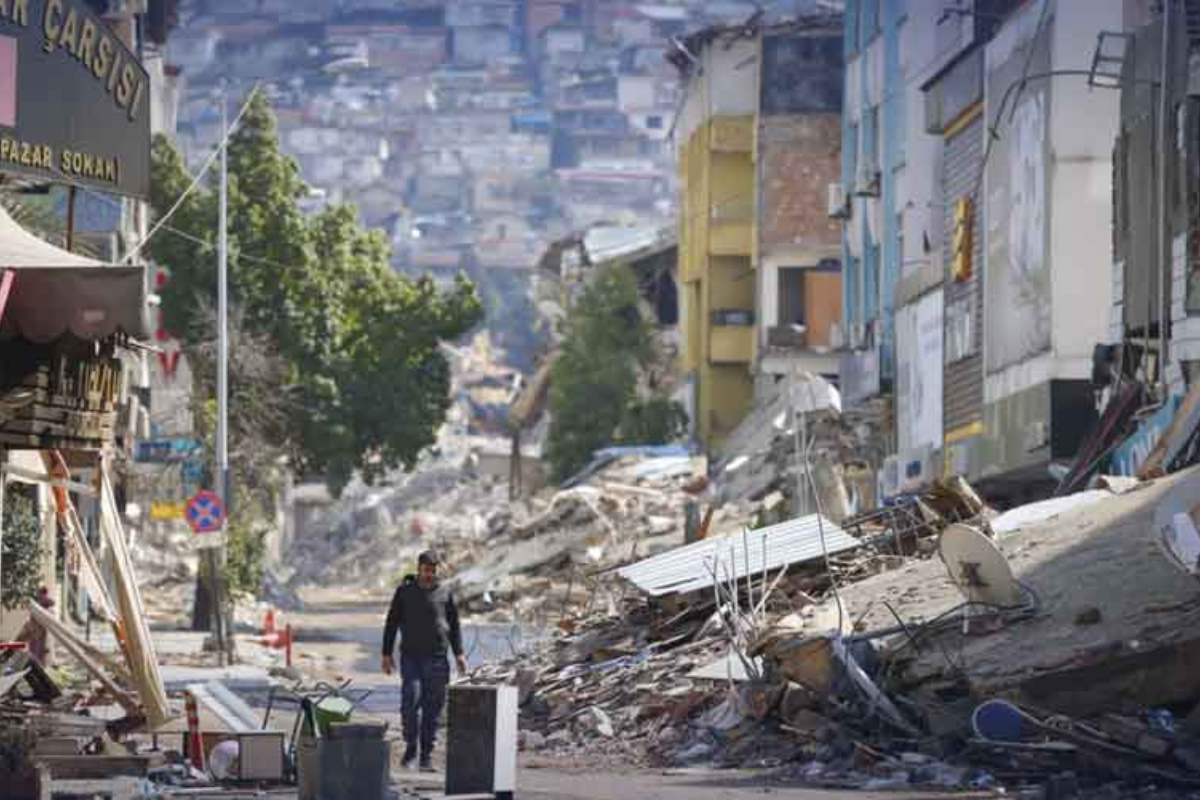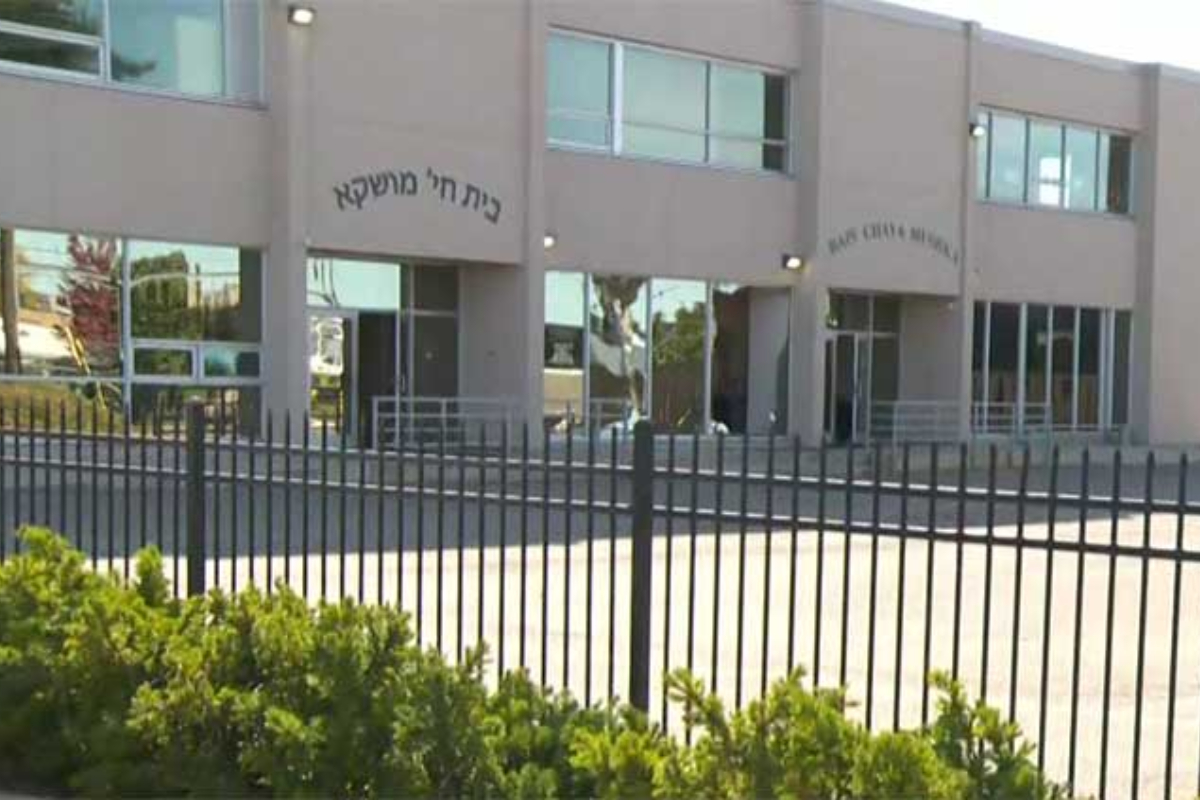- The greatest wildfire in the history of New Mexico was started by a controlled burn in April.
- Forest Service performed without taking the consequences of climate change into consideration.
- The agency relied on several errors, bad weather data, and an underestimation of how dry conditions were in the Southwest.
The greatest wildfire in the history of New Mexico was started by a controlled burn in April that the U.S. Forest Service performed without taking the consequences of climate change into consideration, the agency claimed in a study released on Tuesday.
When workers conducted a controlled burn that started the continuing Calf Canyon/Hermits Creek fire, the agency relied on several errors, bad weather data, and an underestimation of how dry conditions were in the Southwest, according to the government’s 80-page investigation.
A protracted drought and extremely high temperatures in the West are the causes of the fire, which has scorched more than 341,000 acres and damaged hundreds of homes in New Mexico.
Read more: Pakistan gradually losing its forest cover, says Sherry Rehman
Randy Moore, chief of the Forest Service, said in a statement that “the catastrophic impact of this fire to the families and livelihoods of those affected in New Mexico necessitated this degree of review to ensure we understand how this unfortunate event happened.” I can’t emphasize enough how painful these effects are for both communities and people.
For the Forest Service, which utilizes planned burns as a strategy to reduce the risk of a disastrous fire, drought, extreme weather, wind conditions, and unpredictable weather changes have grown to be major concerns. Controlled fires have historically aided in the management of vegetation, the reduction of dangerous fuels, and the recycling of nutrients into the soil.
According to the report, even though the Forest Service adhered to its approved prescribed fire plan, the fire was actually started in significantly drier conditions than was initially thought. According to the assessment, the risk of fire escape increased as a result of ongoing drought, insufficient overwinter precipitation, below-average snowpack, and fuel accumulation.
The assessment also found that several adjacent automated weather stations weren’t available, and that “many elements addressing situational awareness of weather in the fire setting were neglected or misrepresented.”
Read more: Biden, Brazil president agreed to work on deforestation in Amazon
Conditions on the ground that we have never seen are being brought on by climate change. We are aware that these circumstances increase the frequency and severity of wildfires,” Moore added. We need to better understand how megadrought and climate change are affecting our activities on the ground since fires are surpassing our forecasts, as the final report acknowledges.
Moore said on May 20 that prescribed fire activities would be suspended for 90 days on National Forest areas to give the government time to assess the program. According to the Forest Service, around 4,500 controlled fires are started year, and 99.84 percent of projects are completed as expected.
Moore stated that “prescribed fire must continue to be a tool in our toolkit to tackle them.” The window of safe usage for this equipment is, however, getting smaller due to the consequences of climate change.
Read more: Lebanon pine forest blaze begins wildfire season





















